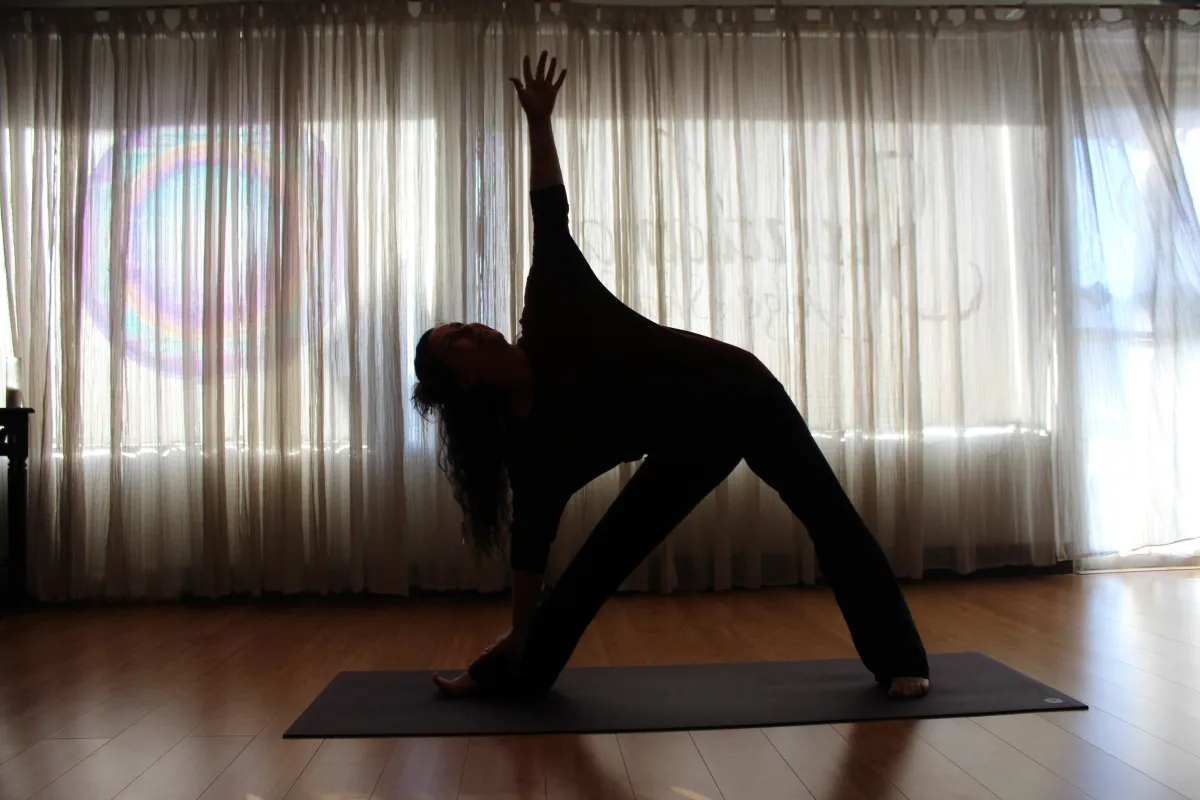Get Cozy & Enjoy

The Mystical Power of Yoga Asana
The mention of yoga often conjures images of participants flexing their bodies into intricate shapes, holding positions, and enjoying the physical benefits it provides. However, yoga is so much more than doing physical movements and hanging out in poses.
At its core, yoga is an ancient practice and philosophy meant to help individuals achieve a deeper understanding of oneself and the universe. Integral to this journey is the Eight Limbs of Yoga. And it's here that we delve into the magic of Asana, the third limb.
Understanding Asana
Asana, in its purest form, means "seat" or "sitting" in Sanskrit. This is not limited to just physical sitting but symbolizes a deep connection between the body and the mind. Every twist, stretch, and hold in yoga asana not only challenges the body but also the mind, forging a powerful mind-body connection.
Physically moving the body by way of yoga asana helps to calm the nervous system. This becomes foundational, especially as one progresses through the other limbs, such as Pranayama (breathing techniques) and Meditation. When we're able to sit comfortably, with a spine that's erect, the energetic channels within the spinal column allow the subtle energies to flow unobstructed, setting the stage for deeper introspection.
The Symbiosis with Ayurveda
Ayurveda, the sister science to yoga, plays a significant role in enriching the asana experience. Its principles and practices are united with yoga asana, aiming to take care of the body-mind. Asana becomes the primary way to infuse daily movement, as suggested by Ayurveda.
However, there's a caveat. Eating junk and living a stress-filled lifestyle completely work against any progress when it comes to Asana. For instance, consider trying to balance on one leg after a night of junk food, booze, and little sleep. The body's sluggishness and the clouded mind make the task herculean, while on another day, under better conditions, it might feel like a breeze.
Beyond Physicality: Asana as a Spiritual Experience
Asana isn't just an exercise modality. Anyone who has a regular asana practice will attest to a transformative, almost magical experience when they regularly spend time on their mat. After an intense asana class, you might feel the exhaustion akin to having run a marathon, but instead of being overwhelmed, you're left feeling relaxed, happy, and rejuvenated.
This transcendence stems from the deep self-awareness Asana promotes. We learn the subtleties of our body – understanding its needs, adjusting to its shifts, and showing compassion for any limitations.
Moreover, an asana practice becomes a therapeutic journey, allowing us to release not just tight muscles but also pent-up emotions and old, negative patterns. The feeling of tears streaming down after a particularly poignant session is familiar to many practitioners. Sometimes, these tears aren't linked to any specific memory; they're a pure release, raw and cathartic.
Asana is truly a journey of purification, one that reaches far beyond physical poses. It's an avenue to discover oneself, heal from past traumas, and understand the body and mind's intricacies. In this way, the third limb of yoga acts as a bridge, connecting the external and the internal, grounding and enlightening, and challenging and nurturing, all in a single breath.